Resume
Instruction Philosophy
Talking is thinking. Writing is thinking. Reading is wondering. Anything that students can express or talk about is a move in the right direction. I believe that dialogic talk is critical for developing critical thinking skills, especially in a world where AI and social media constant occupies their time. With students interacting less and less with each other, having that time to speak about what they see and define their emotions is incredibly important to their development.
From there, I center my curriculum around discussion of materials, themes, concepts. The most common method I employ is small group discussions, projects, and work. Through these small groups, a balance between a student's fear of vulnerability and encouragement towards exploration is achieved. Having students speak and understand the material through discussions helps the student gain perspective.
Creating importance and relevance is also part of my curriculum. The material is a gateway, and it's applying those themes to the real world that matters to the students, especially during times when a good portion of students are disillusioned about education.
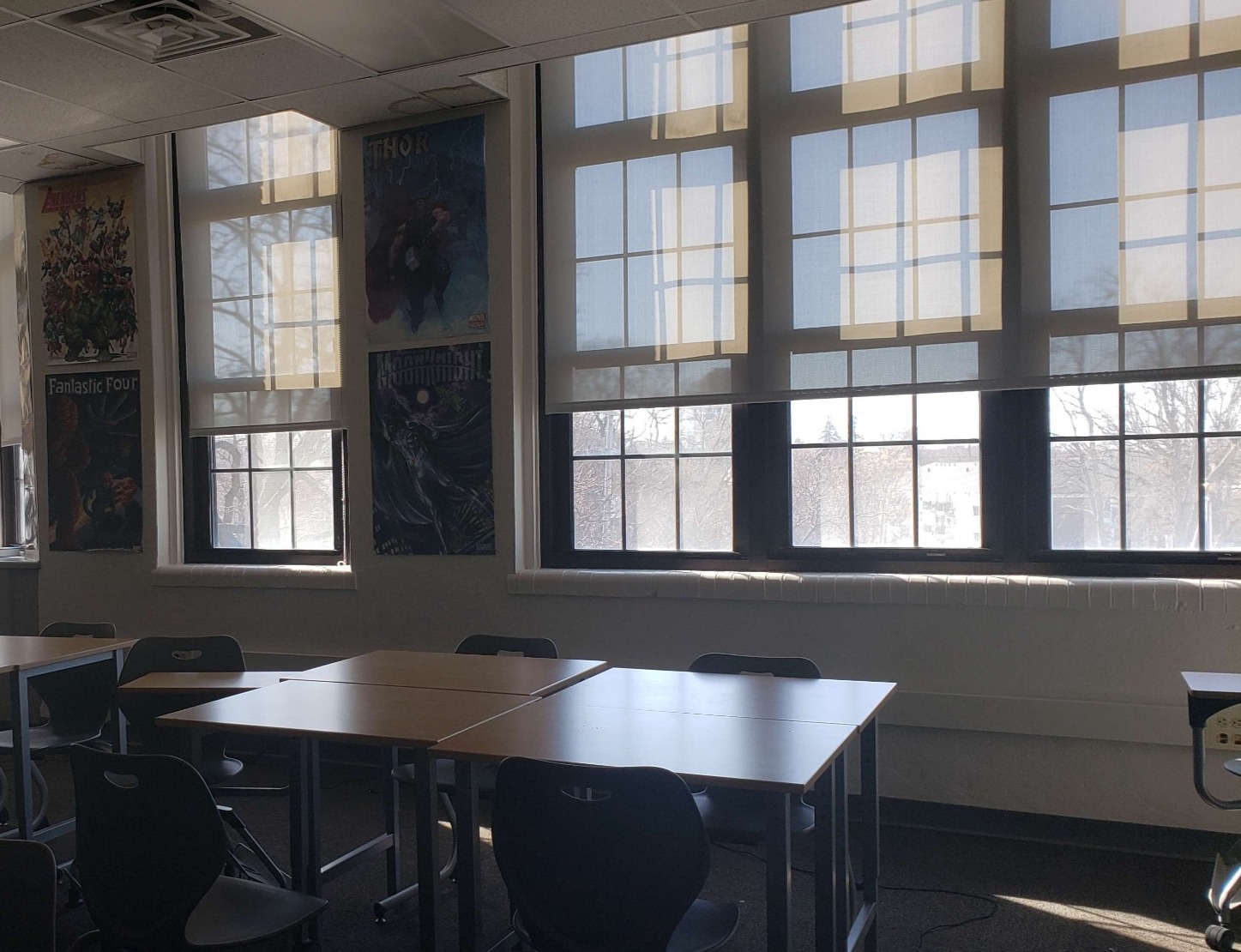
Pictured above: Classroom from internship at Jackson High School.
Creating an Environment for Learning
To create a healthy learning environment, I believe students must feel comfortable sharing and speaking up. Some of the strategies I employ in the classroom makes sure I connect with as many students as possible throughout the day.
One of the methods I employ is joining conversations and then finding common interests through which we could connect. The easiest way to do so is by interacting with students at the door. I'd point out their outfits, clarify questions, and joke with students, so that I get a one-on-one time to create a positive rapport.
That rapport, that connection, fosters a safe environment where students can rely on the teacher. Not only would I interact with students by connecting with their interests, but also through academia.
I believe that every student can learn, there are only obstacles that halt or slowdown that process. Whether through family or relationship problems, I want to make sure I understand a student's situation before casting judgement, before accommodating.
MacDonald Middle School Creative Writing Club
With middle schoolers, one of the first lessons we demonstrated in order to help students along in their creative writing process was to invite them to describe images with their current and previous knowledge. Since a lot of these students were coming back for creative writing club, students were eager to participate because they were all interested and had stakes in the subject.
One of the students with whom I connected showed me a lot of her art and worldbuilding skills, because I had created that rapport with her through my interest in her universe.
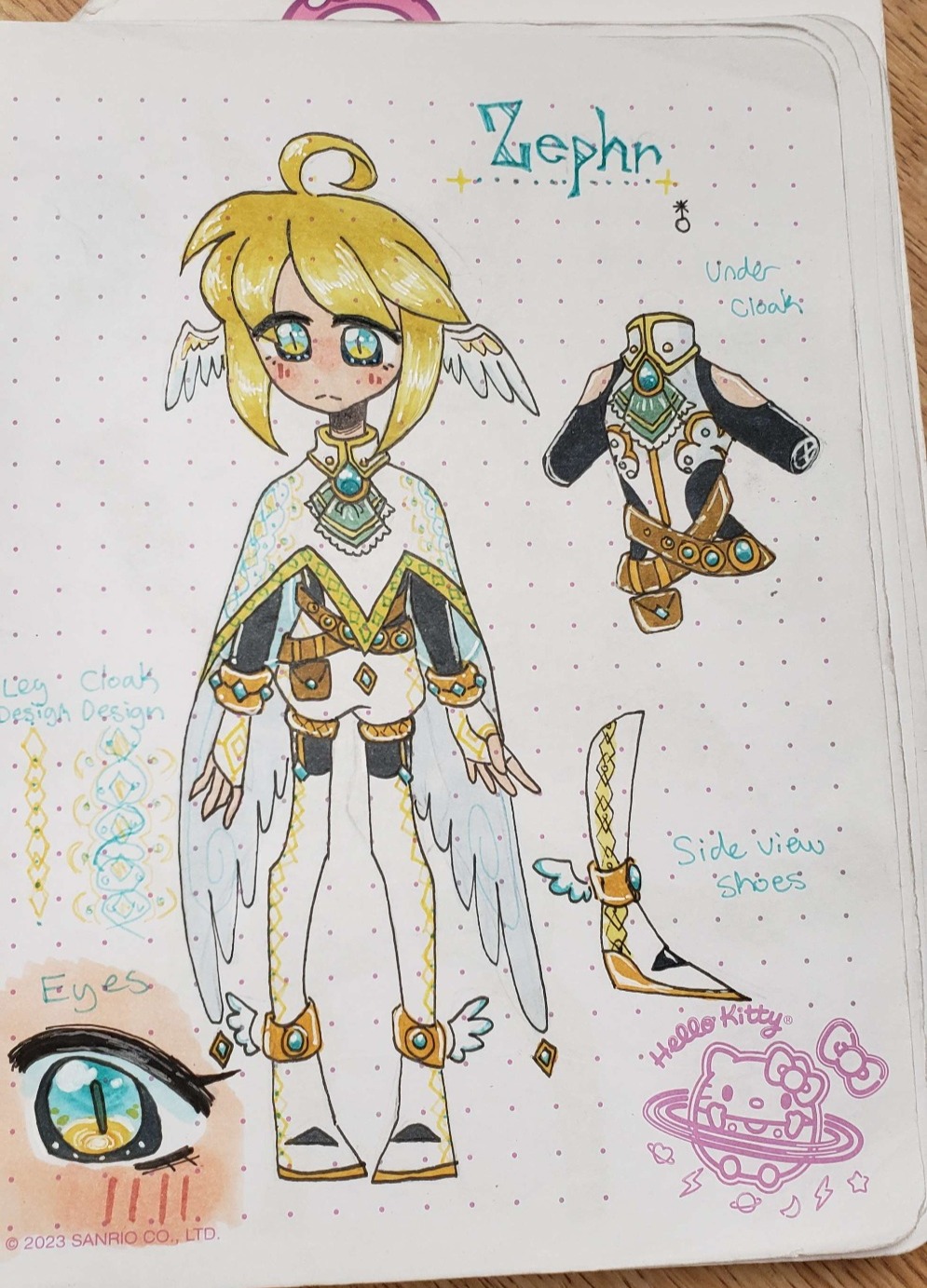
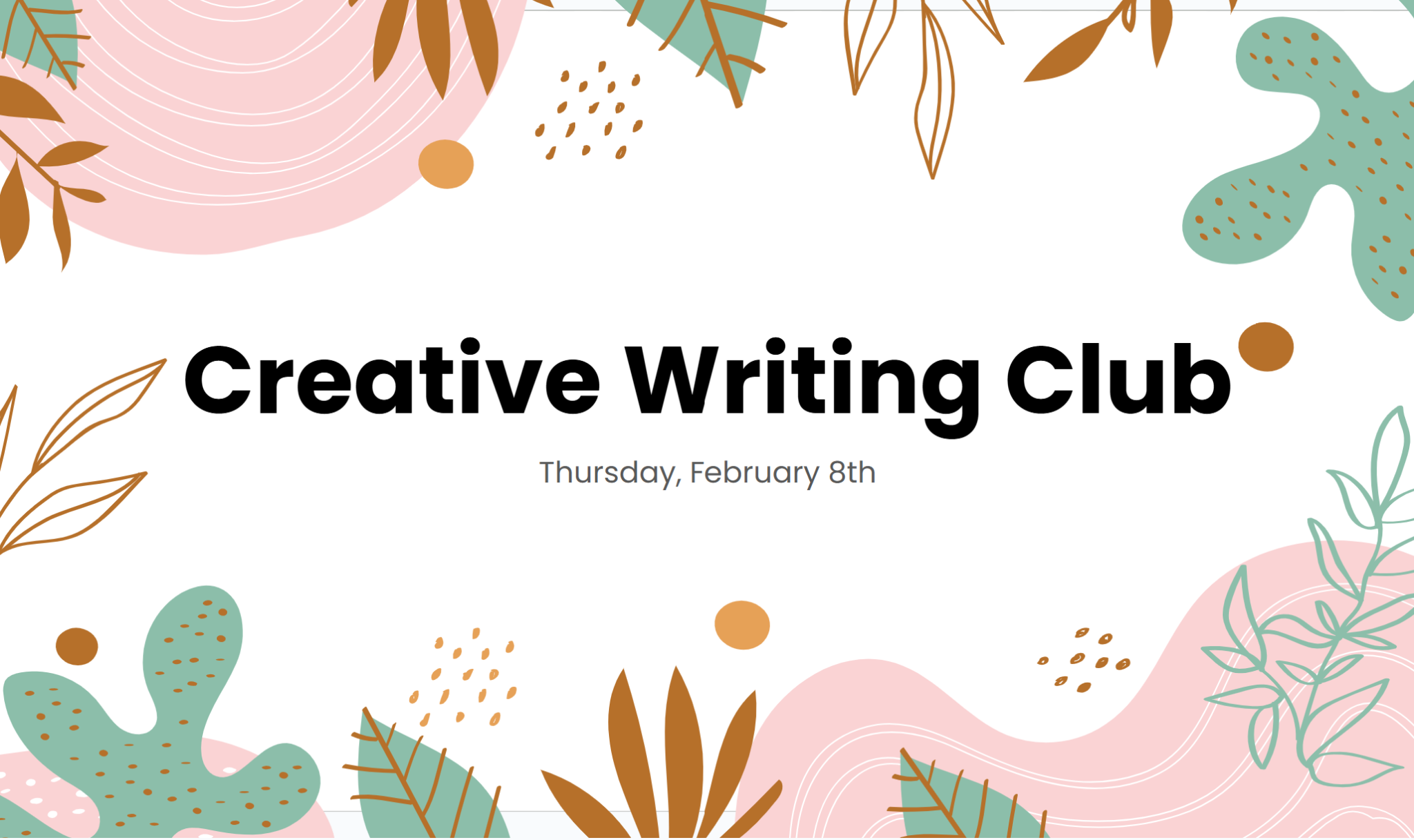

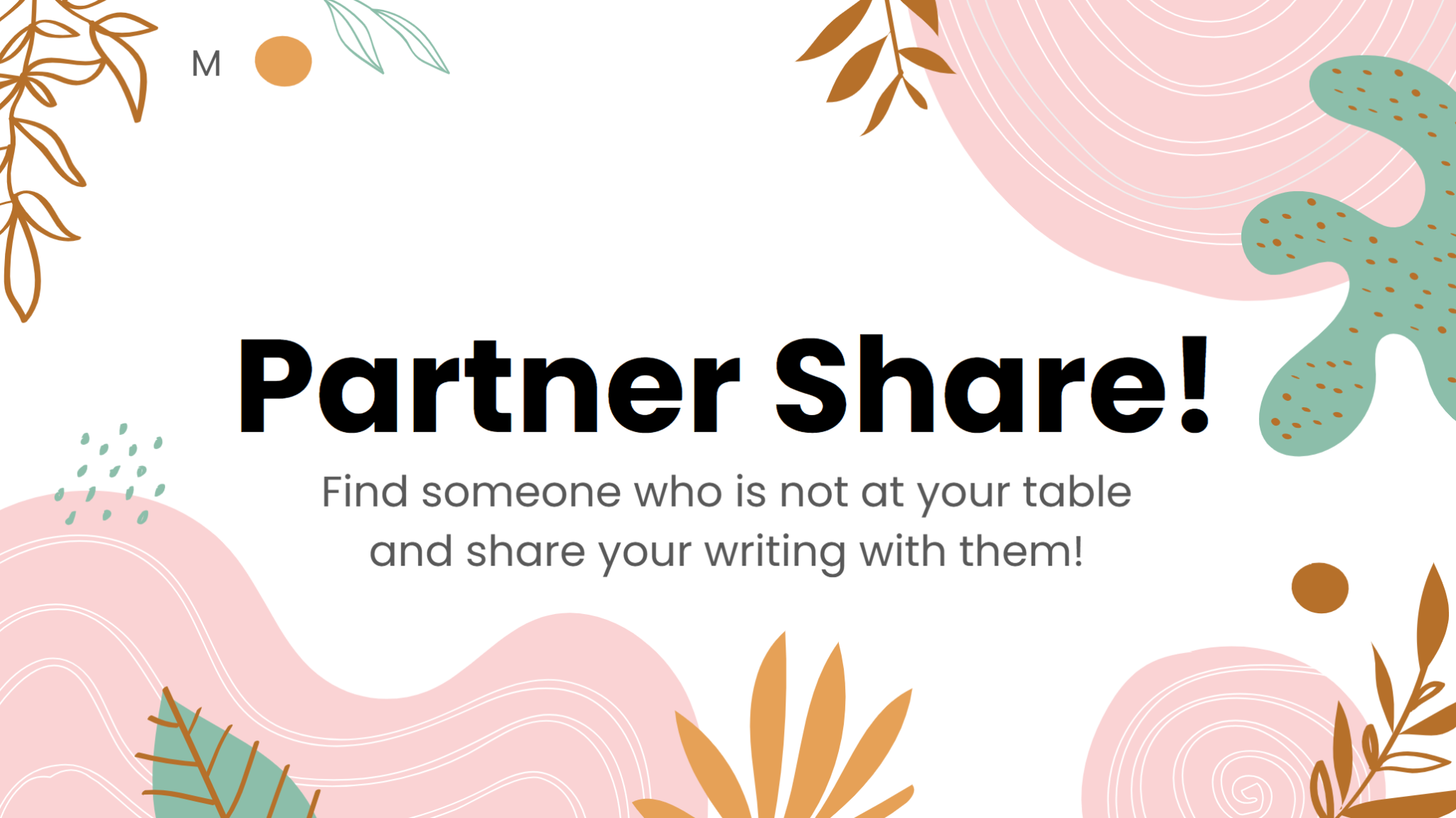
Holt High School
One of the best lessons while my partner and I were teaching at Holt High School was an activity centered around students interviewing students, by roleplaying as joke corporations. It served a purpose as a fun way to introduce interview skills. Allowing students to lie and make up stories for their own purposes gives them a relief from drawing from memory and instead rely on improv and presentation skills. We also participated as judges in a DECA event.
Some of the activities that our mentor allowed us to participate in to build relationships with each student is through gift giving, dance, and circle time. We shared chocolate for Valentine's, and we received gifts. One of those gifts, when we left, is a crocheted plush of a jackalope.
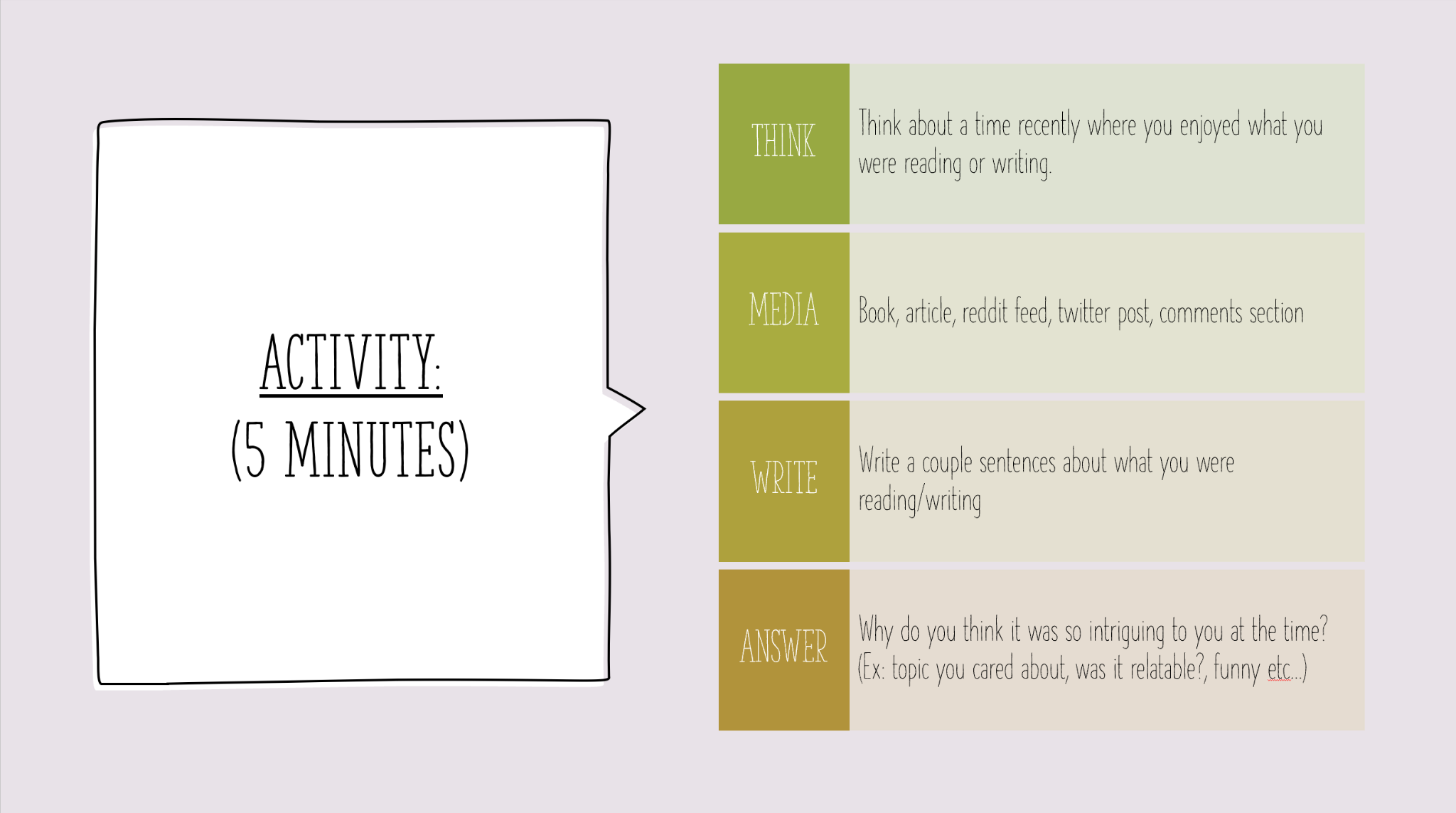


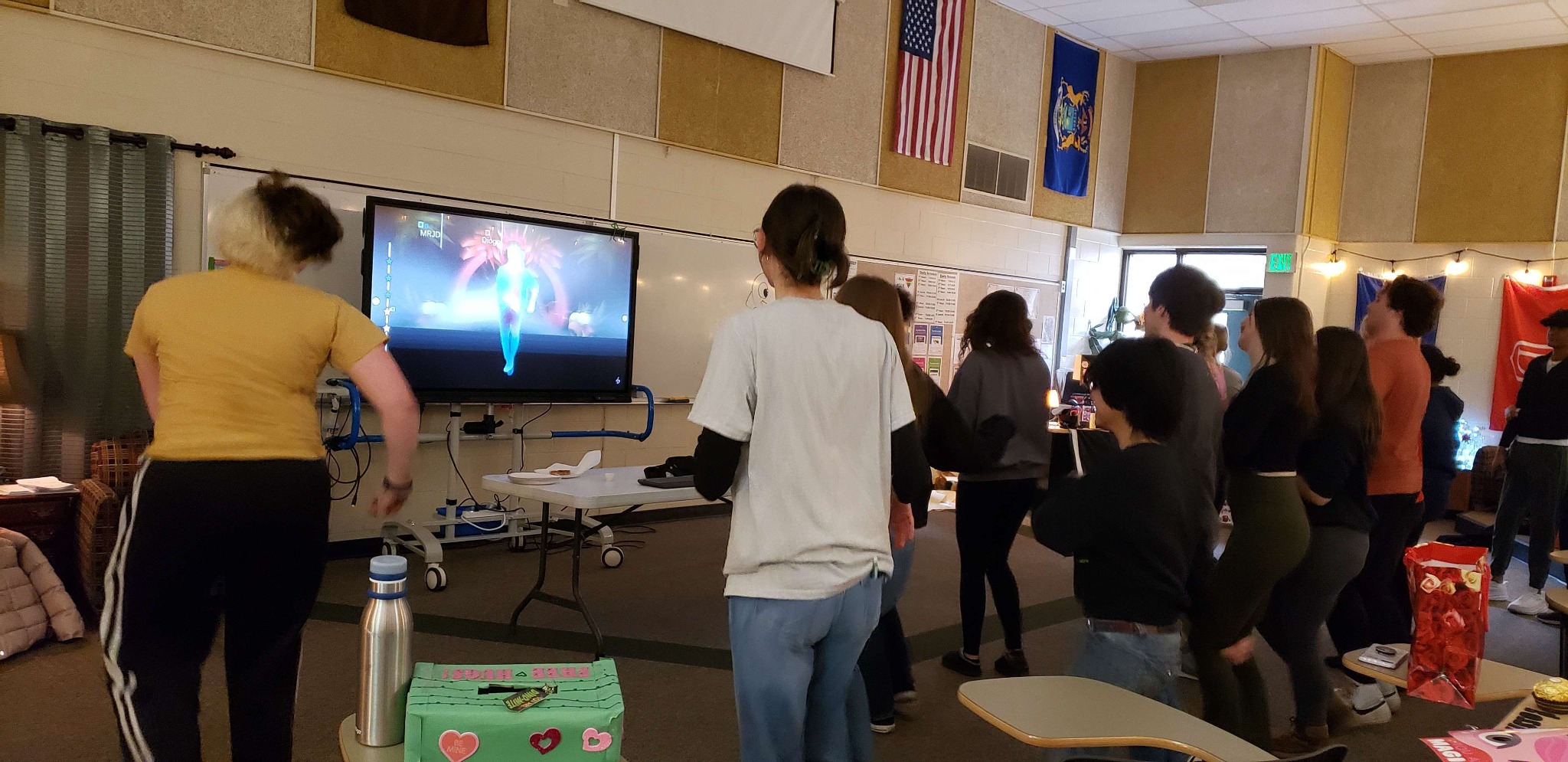
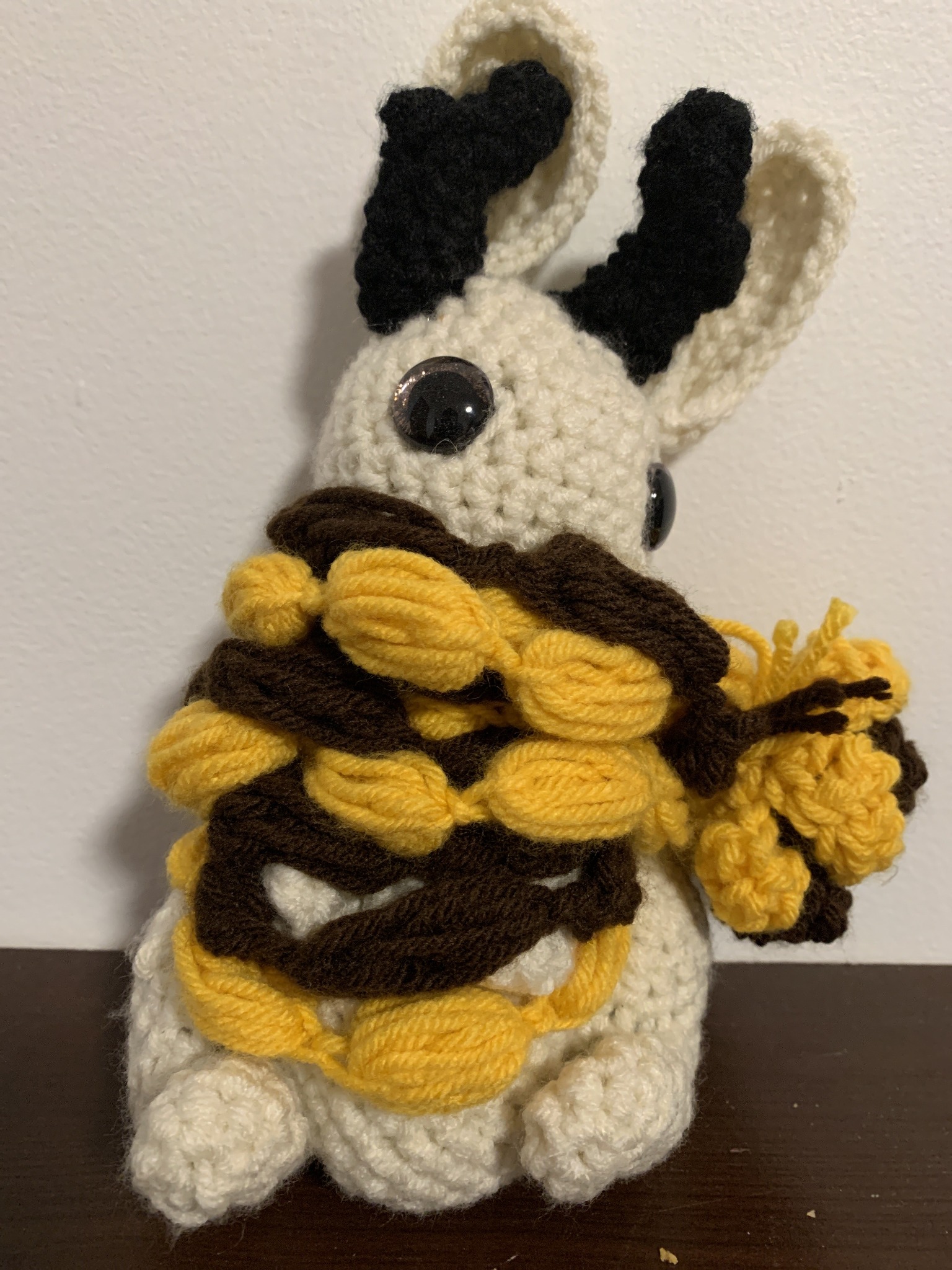
Jackson High School
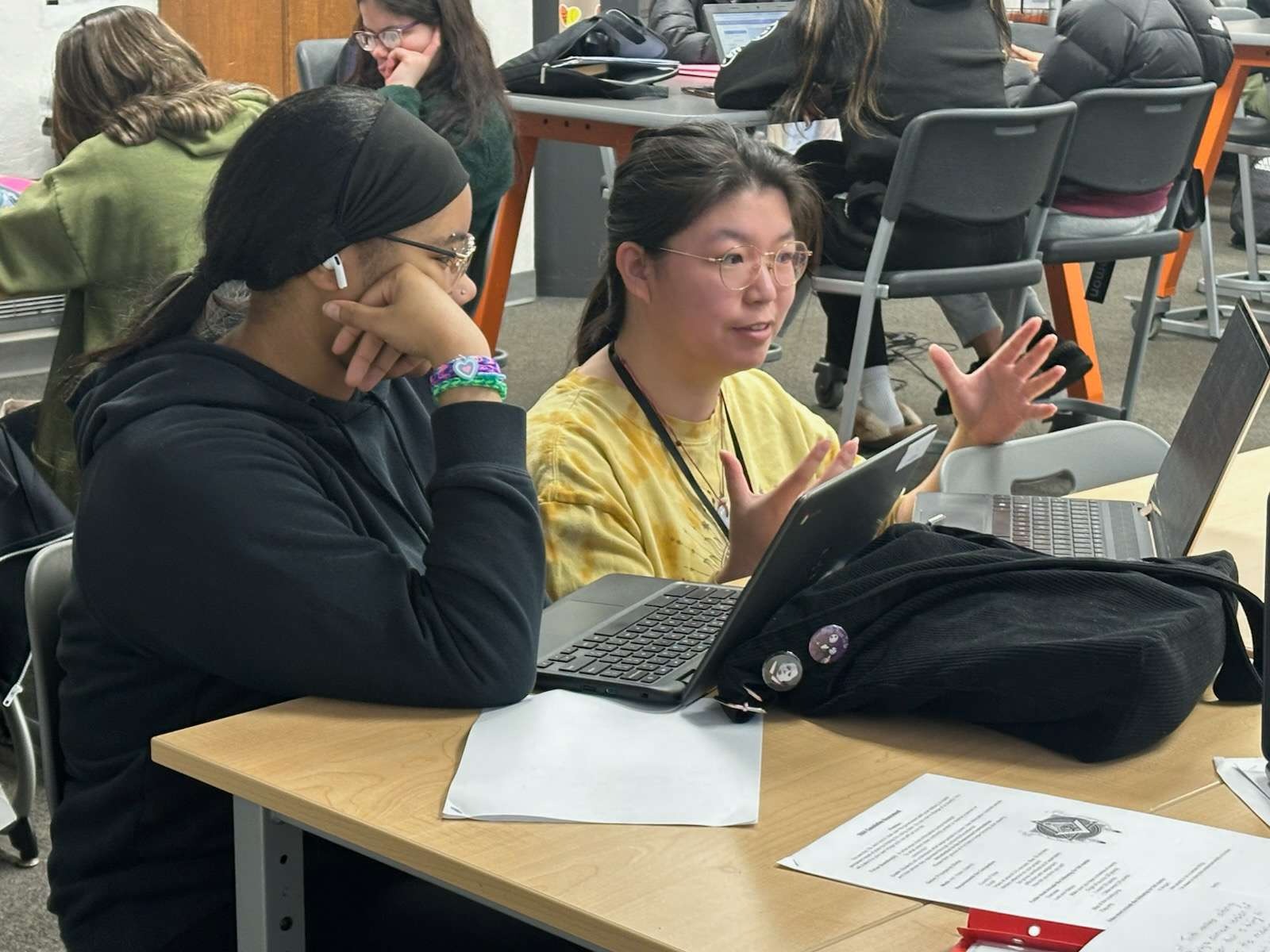
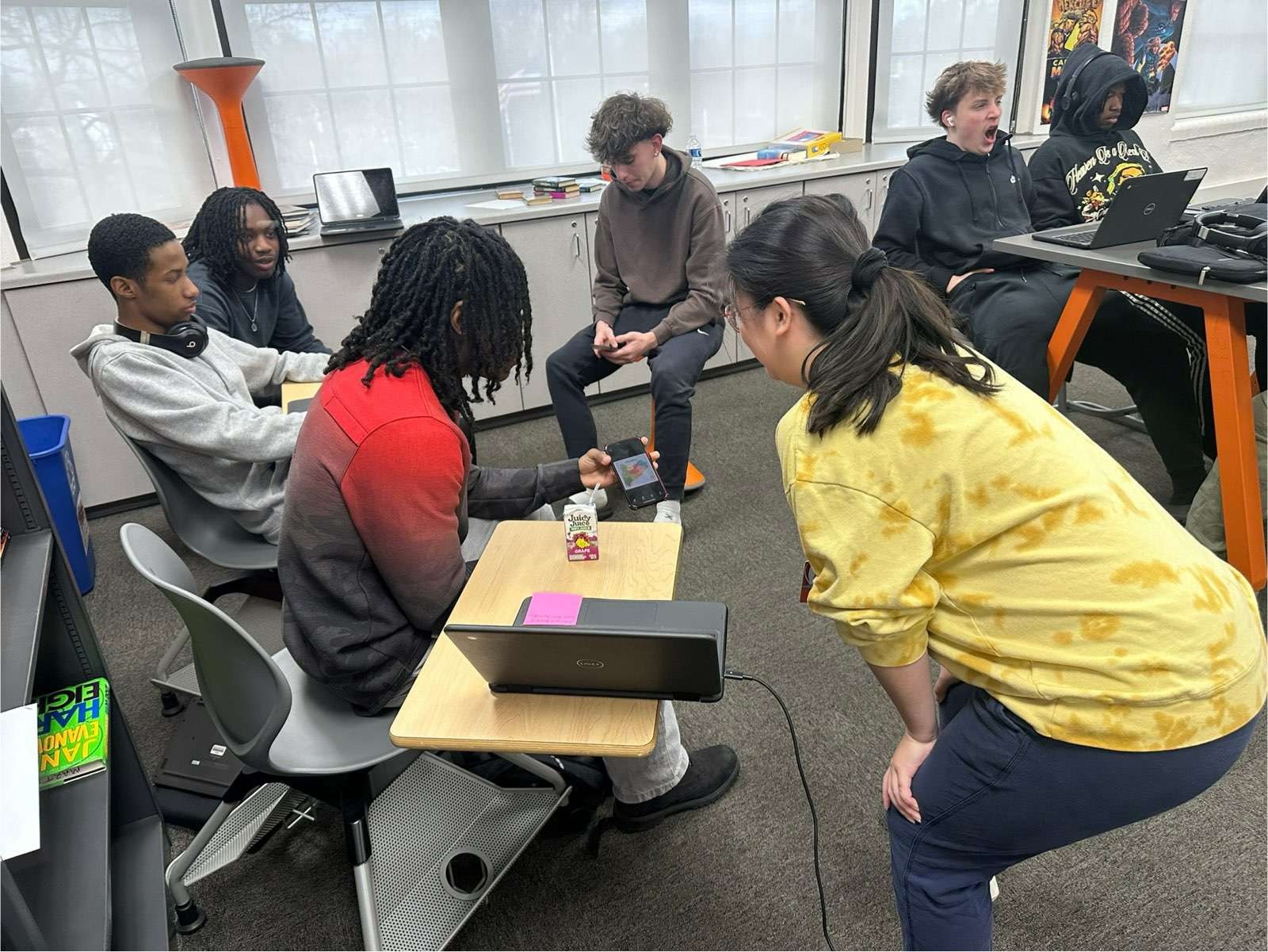
During my first semester at Jackson High School, I worked on my relationship with students, because that was one of the key things that I didn't work on as much through my last two placements. Through growing with my students, I had learned how to negotiate with students who aren't as engaged. I learned where exactly a 12th grader's ceiling of knowledge is, since I kept moving too far ahead when I'm not sure how much background knowledge they have.
The best part of working with these students when I was placed at Jackson High was getting to know my students. I cannot thank my mentor teacher enough with his help in helping me plan and put my thoughts together in ways that would allow the students to receive it well and follow my expectations. Often times, they feel comfortable enough to joke around with me, which warms my heart.
The hardest part about working with these students was figuring out how much grace to give in terms of late work and assignments. Since these are seniors, many of them already have extracurricular activity towards their careers, often prioritizing that over the curriculum. I understand these students have lives, and working with their lives to make sure they aren't overwhelmed or having difficulties is a balance I aim to maintain. Of course, I couldn't let students walk all over me in terms of excuses, but it often feels as if I am favoring low performing students over others in terms of grace.
There are many things I wish I could have revised and changed over the course of my internship at Jackson. I walk out of there knowing I can only improve from there.
Cited Standards
ELA 2.c. Acknowledge and value learners’ use of their home and community language(s) and dialect(s) in the development of additional languages and literacies by providing opportunities to deconstruct and investigate the intersections between language, identity, and power, including for English learners. Develop and refine understanding that monolingual American English speakers have multiple language identities.
|
ELA 10.c. Cultivate students’ literate identities and positive self-concept as readers and writers by growing their self-efficacy through multiple scaffolded techniques, including, but not limited to, notebooks, text and task choice, productive feedback, meaningful interactions/talk, conferences, opportunities to read and write for pleasure, self-reflection, goal-setting, and metacognition.
|
You can make anything by writing.
C. S. Lewis